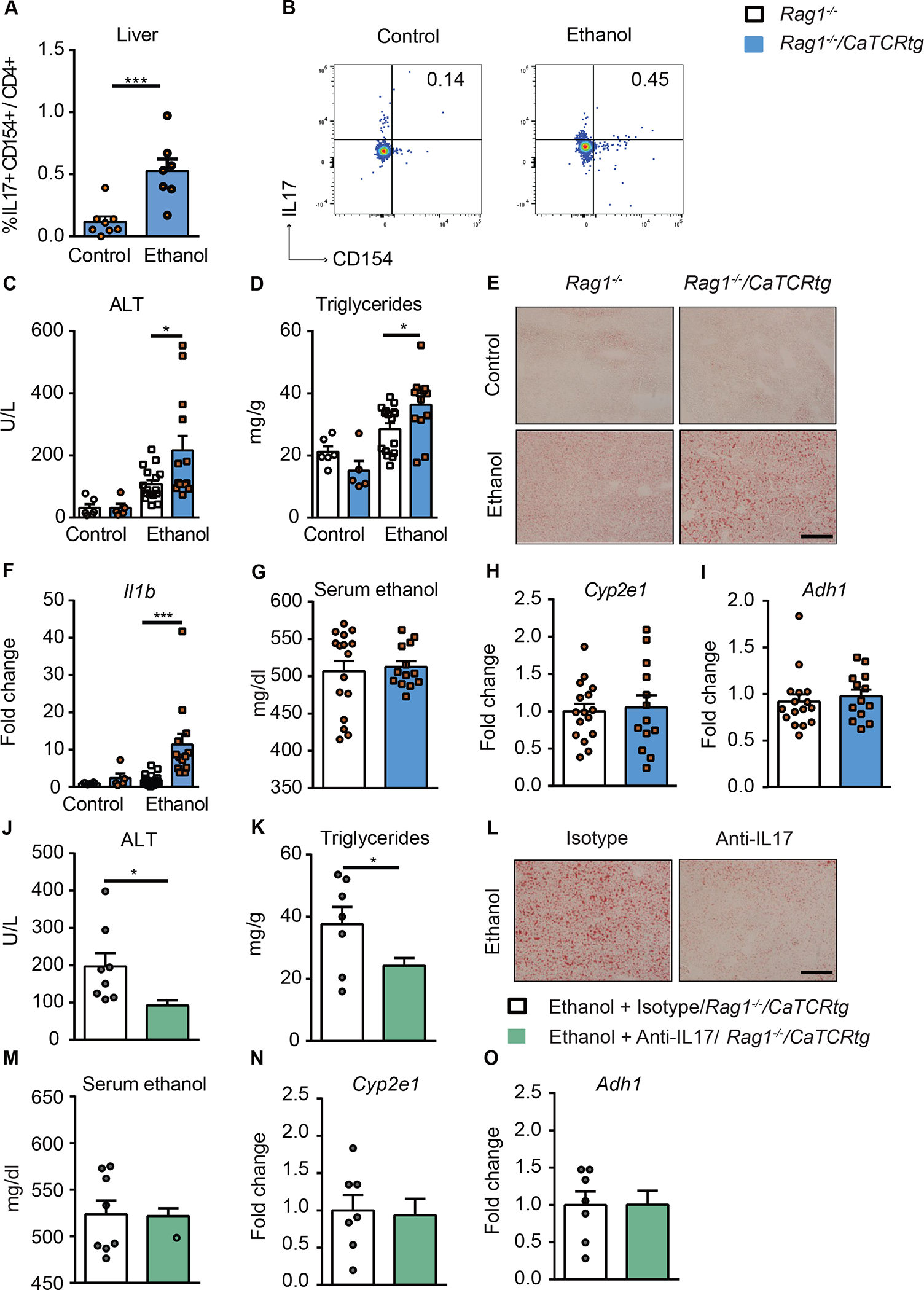Figure 4. Candida-specific TCR transgenic mice develop more severe ethanol-induced liver disease.

Candida-specific TCR transgenic mice (Rag1−/−/CaTCRtg) and their transgene-negative littermates (Rag1−/−) were fed a chronic plus binge ethanol diet or isocaloric diet. (A) Fungus-activated Th17 cells in liver were detected after isolation of hepatic mononuclear cells following 6 hrs ex vivo stimulation with C. albicans lysate. (B) Flow cytometry plots showing IL17A+ and CD154+ staining of CD4+ T cells. (C) Serum levels of ALT. (D) Hepatic triglyceride content. (E) Representative oil red O-stained liver sections (scale bar, 100 μm). (F) Hepatic levels of Il1b mRNA. (G) Serum levels of ethanol. (H and I) Hepatic levels of Cyp2e1 and Adh1 mRNAs. (J–O) Candida-specific TCR transgenic mice (Rag1−/−/CaTCR tg) were fed a chronic plus binge ethanol diet and given injections of an isotype antibody (control, white) or antibody against IL17A (green) 5 days before sacrifice. (J) Serum levels of ALT. (K) Hepatic triglyceride content. (L) Representative oil red O-stained liver sections (scale bar, 100 μm). (M) Serum levels of ethanol. (N and O) Hepatic levels of Cyp2e1 and Adh1 mRNAs. Figure 4A–B, Figure 4C–I and Figure 4J–O were conducted in 2 independent experiments. Results are expressed as mean±SEM. P values determined by 2-sided Student t test (A, G, H, I, J, K, M, N and O) and 2-way ANOVA with Tukeýs post-hoc test (C, D and F). *P<0.05, ***P<0.001. See also Figure S4.
